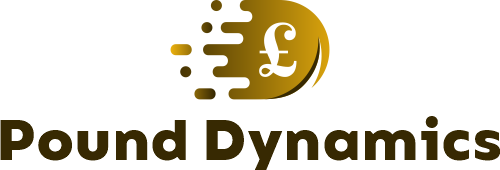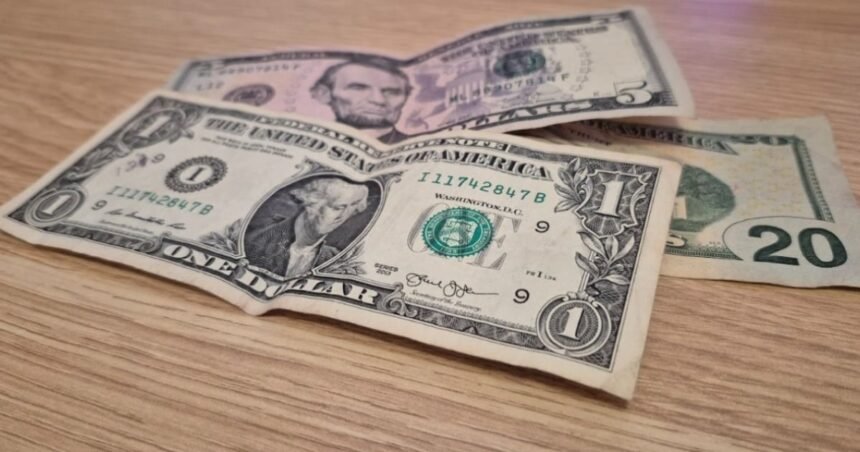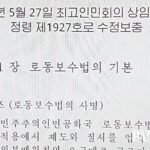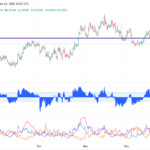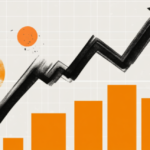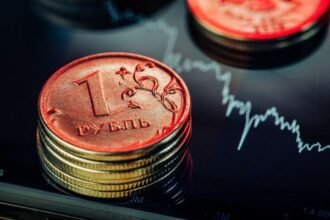On Monday morning, Cuba’s informal currency market experienced a notable rise in the value of both the dollar and euro for the second day in a row.
According to the independent source elTOQUE’s daily update on November 10, the selling price of the dollar climbed to 430 CUP, reflecting an increase of 10 pesos compared to the previous day.
The euro also saw an uptick, rising from 455 to 460 CUP, marking a five-unit increase from the day before.
The Informal Market Representative Rate (TRMi) indicates that the Moneda Libremente Convertible (MLC) remains steady at 205 CUP.
Current Exchange Rates in Cuba
As of November 10, 2025, at 7:10 a.m. in Cuba, the exchange rates according to elTOQUE are as follows:
USD to CUP: 430 CUP
EUR to CUP: 460 CUP
MLC to CUP: 205 CUP
Is a New Trend Emerging in the Informal Market?
After several days of consecutive declines, Cuba’s informal currency market has seen two consecutive days of increases, suggesting the possibility of a new upward trend.
This shift breaks the downward pattern that began in late October when the dollar dropped from 485 to 410 CUP and the euro fell from 540 to 450 CUP, a significant decrease within just 10 days.
However, it now seems the market is responding to demand pressure and the widespread uncertainty that plagues the national economy.
The Cuban informal market is known for its quick reactions to changes in supply and perceptions of the peso’s stability.
Persistent Economic Challenges Fuel Currency Demand
Since 2022, the national currency has been on a continuous decline, interrupted only by brief pauses or momentary drops that fail to reverse the overall depreciation of the CUP.
Ongoing inflation, the shortage of official foreign currency, and distrust in the regime’s economic institutions continue to drive the demand for dollars and euros as a safe haven.
Additionally, the lack of cash and banking connectivity issues on the island further fuel the parallel market.
While the government remains silent on the promised “floating rate” announced by Prime Minister Manuel Marrero Cruz in late 2024, the gap between the official and informal exchange rates continues to widen.
Everyday Impact on Cubans
On the streets, Cubans watch digital market screens with resignation, aware that each rise in the dollar or euro translates into a new blow to their cost of living.
Although it is too early to determine if this increase will be a sustained trend, the return of higher currency values confirms that the informal market remains the most reliable indicator of Cuba’s economic crisis and the deep distrust in the national peso.
Conversion Rates for USD and EUR
Here are the current conversion rates for USD and EUR to CUP, based on the November 10 exchange rates:
USD to CUP:
- 1 USD = 430 CUP
- 5 USD = 2,150 CUP
- 10 USD = 4,300 CUP
- 20 USD = 8,600 CUP
- 50 USD = 21,500 CUP
- 100 USD = 43,000 CUP
EUR to CUP:
- 1 EUR = 460 CUP
- 5 EUR = 2,300 CUP
- 10 EUR = 4,600 CUP
- 20 EUR = 9,200 CUP
- 50 EUR = 23,000 CUP
- 100 EUR = 46,000 CUP
- 200 EUR = 92,000 CUP
Understanding Currency Fluctuations in Cuba
Last week, elTOQUE discussed why the dollar and euro values in Cuba’s informal market frequently rise and fall but rarely return to their starting points.
The article attributed this behavior to the economic phenomenon known as “exchange rate overshooting,” where currency values spike following a change in expectations and then partially decrease without returning to previous levels.
elTOQUE noted that this pattern has been observed multiple times since 2022, with speculative peaks followed by corrections.
Furthermore, in 2024, the media outlet identified coordinated digital campaigns from government-associated accounts aimed at temporarily distorting market perceptions and discrediting the Informal Market Representative Rate (TRMI).
In contrast, during 2025, the movement of the dollar and euro has been more consistent and less erratic, although the recent decline in their values could indicate an upcoming correction.
elTOQUE concluded by warning that, despite official propaganda potentially causing temporary rate drops, the structural causes of the peso’s devaluation—such as inflation, fiscal deficit, and distrust—remain unchanged, and the market eventually adjusts to reality.
FAQs on Cuba’s Informal Currency Market
Why are the dollar and euro values increasing in Cuba’s informal market?
The increase is attributed to demand pressure and economic uncertainty, as well as the persistent inflation and lack of official foreign currency in Cuba.
What is “exchange rate overshooting”?
Exchange rate overshooting is an economic phenomenon where currency values rise sharply after a change in expectations and then decrease partially without returning to original levels.
How has the Cuban government responded to currency market changes?
The government has remained silent on the promised “floating rate,” and there have been reports of digital campaigns to distort market perceptions.
